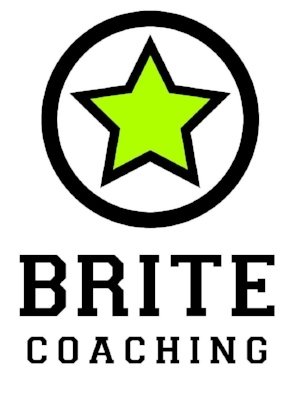This year more than ever I have been having conversations with athletes about the mental game in sport and specifically in endurance sport. As ultra endurance athletes, the mental is maybe the most important aspect of your training process. How you set your goals, how you envision your season, how you engage in the process, how you prioritize training and how every week, day, training hour fits into YOUR bigger picture. Lucky for me, I get to see many of you in a cycling studio under bright lights a few times a week. I can look into your eyes and see the wrinkles on your forehead as an insight into how you are doing on any given day. Some days I can tell that the athlete is “on” and working towards something greater than one pedal stroke. Some days I can tell that the athlete is completely disengaged and checked out. Those are always “red flag” signs of fatigue, distraction or temporarily lost passion. For athletes I can not see throughout the week, I poke a little further into their lives to find out more about their level of motivation and perspective. [Allow me to be a broken record in saying that the more detailed feedback we, as coaches, can receive from athletes, the more we can help grow you as an athlete seeking performance. When you allow yourself to be open and honest with your coach, the more you will get out of the relationship. You can rarely say too much in your log.]
This takes me to the topic that I wanted to cover in this “Brite Bite” email and that is passion vs perseverance. Some of you may have heard of Angela Duckworth’s book called Grit which I will loosely define as the combined of passion + perseverance. I recently finished reading this book and it really spoke to me as a coach to incredibly driven athletes.
From an ultra endurance perspective, passion is expressed by athletes when they set a goal and press enter on their keyboard to pay buckets of money ;-) and put their name on a start line. Athletes are fired up and ready to rock = That’s PASSION. Huddle, huddle…1-2-3 go…PASSION overflows!
Perseverance…well, that’s the work. That’s the daily grind over a long period of time and staying connected to the passion of the sign up moment. However, preparing for ultra endurance events is rarely gratifying instantaneously. One week is up, one week is down. So let me remind you that ultra endurance training is about the passion for the event, for your goals, for your potential, for what you see yourself doing and for the perseverance of following through on that passion. Perseverance is hard. Hence the term GRIT! When some days are not going in your favour but you continue to put your best foot forward and make it happen to the best of your ability = That’s PERSEVERANCE. Staying on top of your game and what you committed to on a daily basis = That’s PERSEVERANCE. When the alarm goes off at 5a.m. = That’s PERSEVERANCE.
Now here is the kicker…Perseverance is the coaching part of the equation. No one else can ignite your passion, not even your coach. Maybe you and your coach discuss your goals and piece together what the best plan looks like but the fire burning in your belly comes from within you. Coaching is helping the athlete persevere day in day out, through the good and the rough, to progress further towards your goals over a long period of time. When an athlete lets go of that perseverance then you lose the benefits of having a coach as a resource and how much can be done together as a team. Heaven knows the coach can’t train for you nor race for you. They can only help to prepare you to become your best performing self.
With every athlete that comes on as a Brite star, the coach assume, rightly or wrongly, that “we” will persevere together towards that desired outcome. When the perseverance is unsettled, the athlete is the losing party since the coach is 100% focused on bettering them and they can’t do that without the athlete’s equal commitment. They have ZERO self interest in this incredible relationship. It is all about satisfying you, the athlete. A nice opportunity to have all the attention!
For the next few weeks, tune into both your passion and perseverance. Get gritty and honest with yourself and your coach. Be vulnerable, bold and courageous. Let your goals and dreams have life even if it means saying no a few times to influencers in your life that don’t share your dreams. It starts with passion but can’t thrive without perseverance.
TGIF.
Brite.coach
